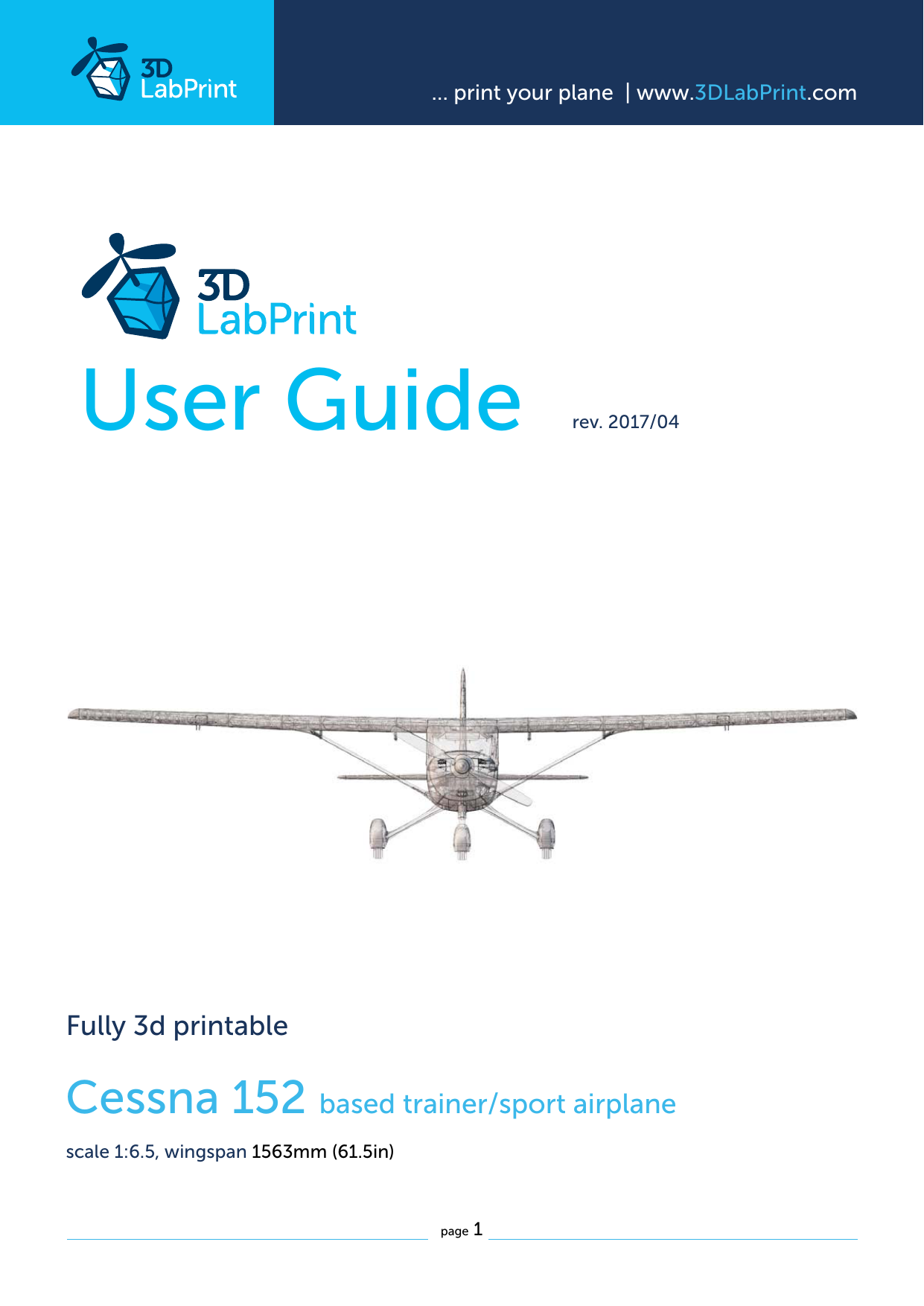


It’s a good setting to try out to see if it quickly helps fix your wall separation issues. It uses a line which follows the shape of the inner wall to make your infill adhere better to the walls of your object.Įnabling this setting can also reduce the effects of infill on the quality of vertical surfaces. There is a setting in Cura under ‘Expert Settings’ called ‘Connect Infill Lines’ and checking this box connects the ends where the infill pattern meets the inner wall.
#3dlabprint print outer wall first how to
Causes of Wall Separation and How to Avoid It Few things to be considered to make this happen or troubleshoot problems encountered on the way are discussed below. This can be avoided if you carefully merge the two sections. This is the reason why wall separation or gaps between the wall and infill happen in the first place.īeing a different pattern from the infill can make the outline not stick with the infill and leave gaps in-between. We find that the outline perimeter determines the shape and the features of the object hence it is of a different pattern from the infill. It will be a simple repeating pattern that speeds up the printing process. As mention above, infill is just used to hold the object together making it rigid with the least use of material. The outline perimeter turns out to be the wall of the printed model when it’s completed. 3D printing is done in layers, and each layer of the printed material is made of an outline perimeter and infill. What is Wall Separation?īefore we address this issue we need to know a bit about how infill and walls are printed. Apart from holding the structure, infill determines the strength of the structure too. If the density 100%, it means that the object is purely solid from the inside. When the density of the infill is 0%, then the model is completely hollow without any infill. The hollowness of the finished object is determined by the density of the infill. Infill is a three dimensional repeating pattern that runs throughout the interior of the model. The holding structure that is inside the walls of the printed model is called infill. When it comes to 3D printing a model, one of the main advantages is that the model can be of varying degrees of hollowness. I will go into detail about the possible causes and fixes for each one so rest assured, this problem can be fixed with a little more knowledge.īefore we move any further towards the solution, a better understanding about the different parts in a printed model and the problem itself will help the discussion below. This problem can be resolved by tweaking some of the properties of your printer and its software.

But don’t worry we have the solutions for you, which can fix this issue in a jiffy. This is something that can be a nightmare if you don’t know what is going on. This is caused when the outer case of the 3D model does not hold together with the interior of the model often known as the infill. It is a commonly encountered problem when it comes to 3D printing. The above mentioned problem is known as wall separation. The solutions usually range from increasing extrusion temperature and width, slowing down print speed, decreasing fan speed, increasing infill percentage, or changing your infill pattern altogether. The best way to fix gaps between walls & infill is to identify one of the many possible causes and act accordingly. The walls of your model are not fitting together with the model or worse it might be falling apart. You are on your way to finish your first 3D printed model, but something is not quite right with your model.


 0 kommentar(er)
0 kommentar(er)
